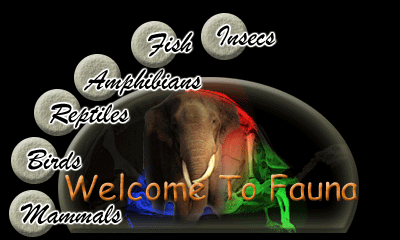|
|
|
 |
||

. . n |
||
| The forest still harbours a few elephant Elephas maximus (E), and migratory herds of up to 80 animals have been seen in the area (Banks and Banks, 1985). Other mammals include endemic toque macaque Macaca sinica, common langur Presbytis entellus, jackal Canis aureus, leopard Panthera pardus (T), fishing cat Felis viverrinus, rusty spotted cat Felis rubiginosa, mongoose Herpestes spp., wild boar Sus scrofa, mouse deer Tragulus meminna, Indian muntJac Muntiacus muntJak, spotted deer Cervus axis, sambar C. unicolor, black naped hare Lepus nigricollis, Indian pangolin Manis crassicaudata and porcupine Hystrix indica (N. Ishwaran, pers. comm., 1986.). Noteworthy amphibians include the endemic frog Bufo athukoralei. Among reptiles, mugger Crocodylus palustris (V), estuarine crocodile C. porosus (E), common monitor Varanus ben¬galensis and star tortoise Testudo elegans have beenrecorded (Banks and Banks, 1986). Reptiles also include python P~thon molarus (V), rat snakf, Pytas mucosus, endeinic" flying snake Chrysopelea taprobana, cat.snakes Boiga spp. and whip snakes Dryophis spp. (Banks and Banks, 1986; M. Jansen, pers. comm., 1986). The beach along the coastal belt is a favourite nesting ground for sea turtles. The sanctuary is the home of every species of waterbird resident in the country and, during the northern winter, it is the final destination for countless numbers of waders of most species recorded in Sri Lanka. The rare black necked stork Ephippiorhynchus asiaticus is an infrequent visitor. Vagrants turn up occasionally and among those reliably reported from the area are Caspian plover Charadrius asiaticus, common ringed plover C. hiaticula, spotted redshank Tringa erythropus, terek sandpiper Xenus cinereus, red knot Calidris canutus, broad billed sandpiper Limicola falcinellus, buff breasted sandpiper Tryngites subruficollis, red necked phalarope Phalaropus lobatus, spoon billed sandpiper Eurynorhynchus pygmaeus, common avocetRecurvirostraavosetta and Eurasian oystercatcherHaematopusostralegus. Bothwhite¬bellied sea eagle Haliaeetus leucogaster and brahminy kite Haliastur indus are breeding residents (Banks and Banks, 1986, pers. comm., 1986). Up to 2,000 greater flamingos Phoeni¬copterus roseus have been seen during the north east monsoon (A.B. Fernando, pers. comm., 1990). Details of waterfowl counts are given by Scott (1989).
|
||